READY TO GET STARTED?
REQUEST A FREE ESTIMATE
Fill out the form below or call (888) 466-7849 for a free, no-obligation estimate.
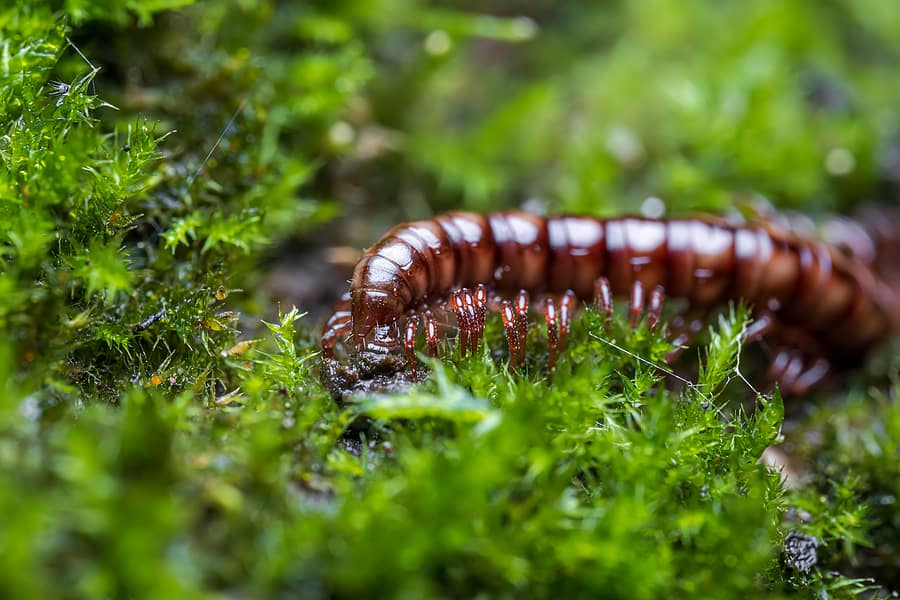
Centipedes and millipedes are two common household pests that are often mistaken for each other. How can you tell them apart? How can you tell if they’ve infested your home? Learn the difference between centipedes and millipedes, along with tips to prevent both of them from taking over your home.

Centipedes have elongated, flat, segmented bodies with 1 pair of legs per segment. They can have anywhere from 15 to 177 pairs of legs. They have long antennae on their heads, as well. They can come in a variety of colors but the most common species are either brown or reddish-orange. These pests are attracted to damp, dark areas like basements, bathrooms, and closets.
Centipedes are nocturnal and can move very fast, making them hard to spot by homeowners. In fact, the only real sign of centipedes in your home is spotting live pests.
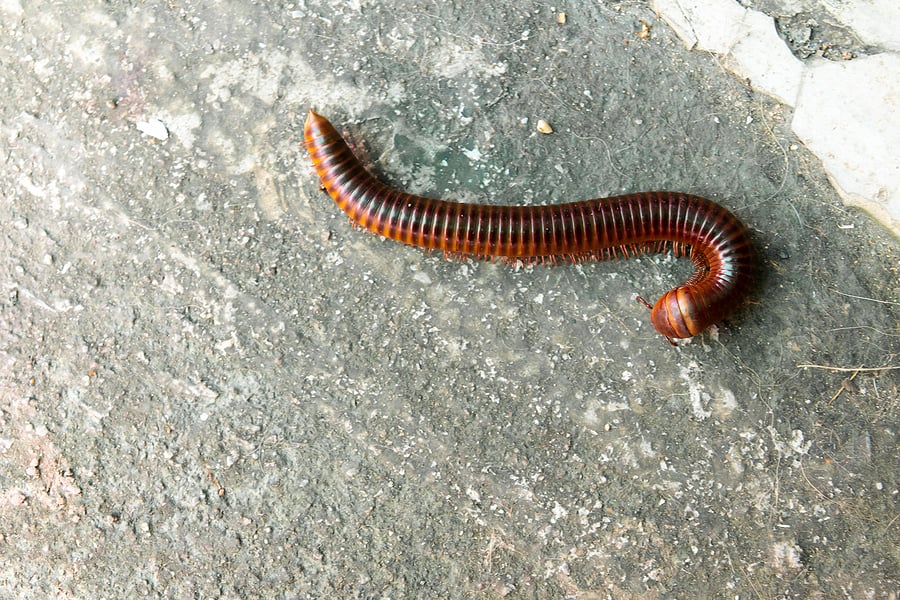
Millipedes have long, cylindrical bodies with 2 rows of legs on their bodies and 1 row of legs on the front of their bodies. They grow to about 1 to 2 inches in length. These pests will curl into a ball when touched or threatened. They prefer dark, damp spaces and are often found under wood piles, under rocks, and under trashcans. When they come indoors, they can often be found in attics, basements, sheds, and crawlspaces. These pests eat damp and decaying wood particles and plants.
Millipedes are also nocturnal so spotting them can be difficult. Signs of millipedes include seeing live pests in your home and signs of structural damage. These pests will eat damp or decaying wood so look out for damage to firewood, cardboard boxes, etc.
Although centipedes and millipedes don’t pose a significant threat to humans or homes, they can be a nuisance to have around. Routine pest control can help keep these, and other common household pests, from taking over your home. Contact your local pest control company for an inspection.
How to Identify Stinging Pests in the Southeast
How To Avoid Mosquito Bites this Summer

There are over 5000 species of ladybugs worldwide. These insects, also known as ladybird beetles or lady beetles, are common throughout North America. Their appearance varies depending on the species; colors can range from red to orange and they can have spots, stripes, or even no pattern on their dome shaped bodies.
Ladybugs are harmless to humans and are even considered to be good luck in some cultures. They are beneficial to have around as they eat aphids and other plant-eating pests. While they are harmless to us, they can stain walls and furniture in your home and give off an odor.
Ladybugs are most active from spring to fall. Once the weather cools off, they will search for warm, isolated places to overwinter, such as rotting logs, under rocks, or inside our homes. When the weather warms up again, they will emerge from their hiding spots, seemingly taking over the homes they infested.
You can get rid of ladybugs by:
If you have an issue with ladybugs or other household pests, contact your local pest control company for a free evaluation.
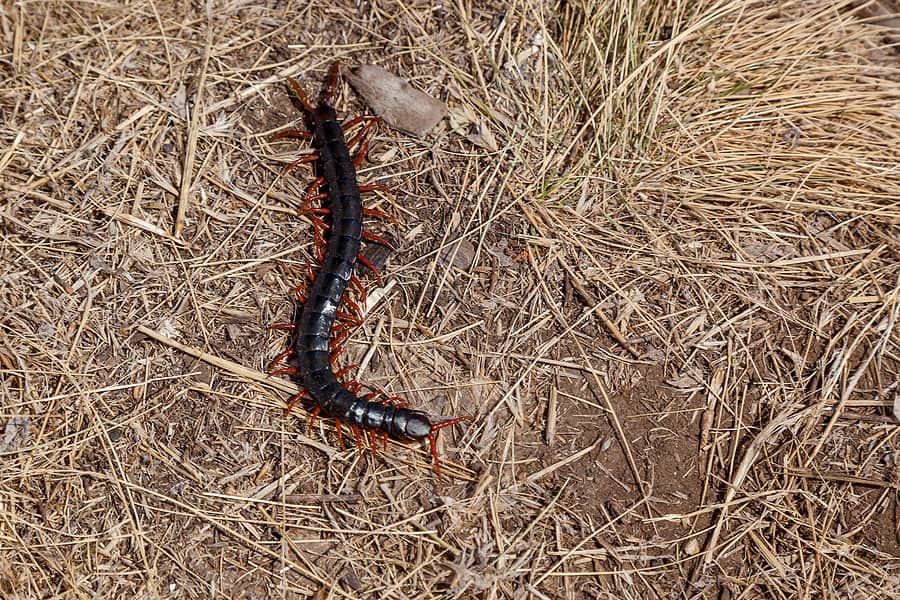
Centipedes are one of the most common household pests. Reaching lengths of 1 to 2 inches, these creepy looking critters also have 15 sets of legs. While it can be startling to find one in your home, they aren’t harmful to humans. They don’t carry disease, don’t damage homes, and don’t consume human food. They will, however, bite if they feel threatened, although this is rare.
Centipedes can be very beneficial to have around. In fact, they are considered a form of natural pest control. They feed on other pests, such as roaches, spiders, termites, and ants.
Centipedes come into our homes in search of dark, humid environments in which they thrive. They will also seek access to food sources (like other pests commonly found in your home).
Get rid of centipedes in your home by:
If you have a problem with centipedes or any other household pests, contact your local pest control company for an evaluation.
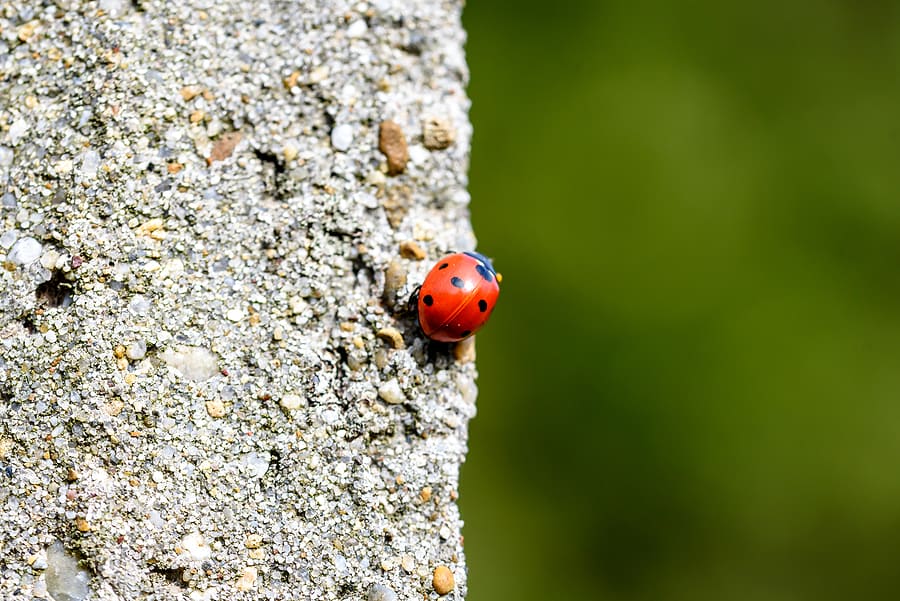
During the spring and fall you will often see an influx of ladybugs in your home. While they don’t pose a real health threat to you, they can stain carpets, upholstery, and walls. Why are these pests invading your house and how can you get rid of them?
Ladybugs will make their way indoors in the fall to overwinter in the warm shelter of your home. Once inside, they will hide until the warm weather of spring comes back around. It is at this time they will reemerge to try and return outdoors to reproduce.
Once inside, you will often find them clustered together in the corners of attics and basements or near doors and windows, especially those with large amounts of light. Once they make their way indoors, ladybugs will release a pheromone that signals other ladybugs to follow them.
Although they aren’t harmful, ladybugs can be a nuisance, especially when they invade in large numbers. You can prevent ladybugs by:
If your DIY efforts are futile or you just want the help of a professional, contact your local pest control company for an analysis.
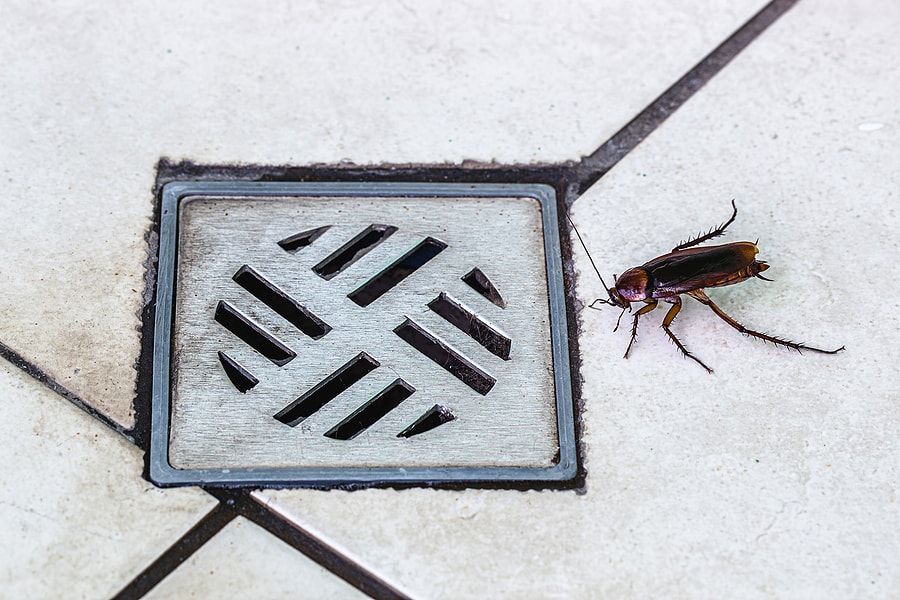
It’s quite common to see an influx of roaches after a heavy rain. American cockroaches and Oriental cockroaches are commonly found outdoors. Heavy rain flushes them out of sewers and other hiding spots and sends them scurrying for a dry place to escape, often inside your home. Once inside, they’ll seek out dark, warm, moist hiding spots to take refuge. Cockoaches can be quite a problem when they infest your home. They contaminate any surfaces they touch and can trigger allergies and asthma. What can you do to keep these pests out of your home after a rain? Here are 10 roach prevention tips to utilize this season.
If you implement these roach prevention tips and still have a problem with roaches or any other household pests, contact your local pest control company for an evaluation.